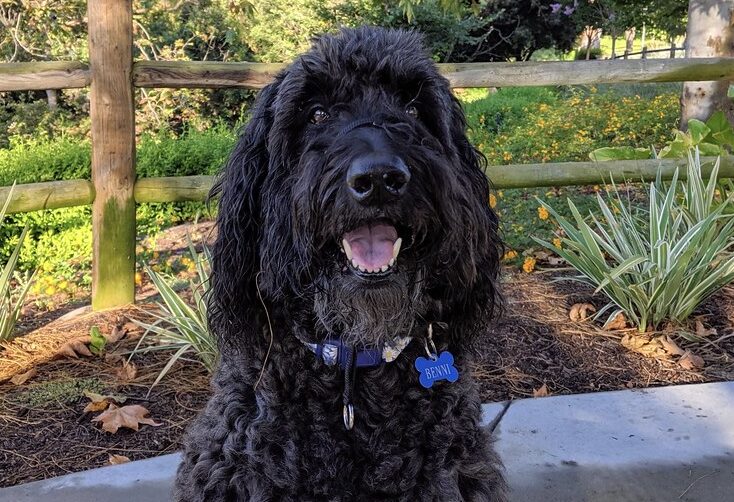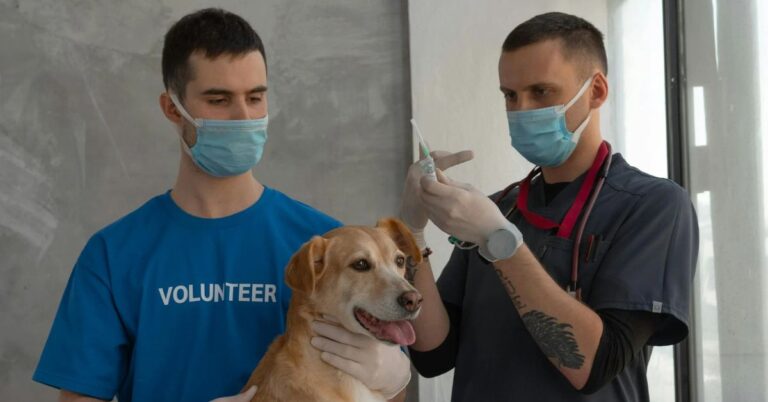15 Ideas To Keep Your Dog From Getting Hurt During A Park Visit
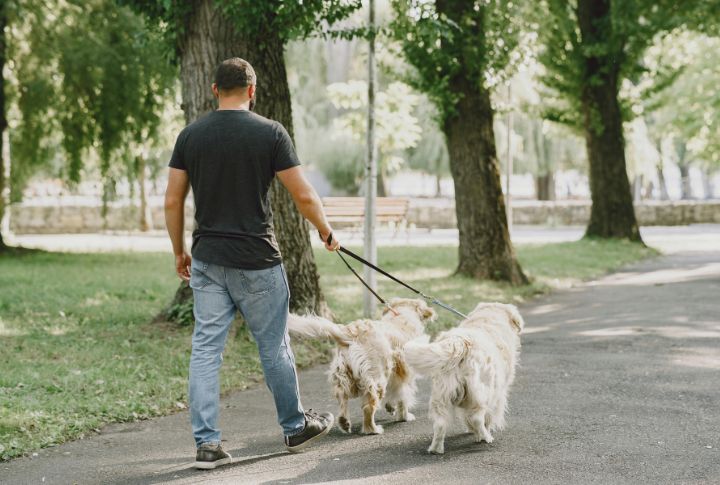
The best way to keep your dog safe would be to have it indoors. But let’s be honest—staying inside isn’t an option when your pup is eager for a good romp in the park. Dogs thrive on the sights, sounds, and smells of the great outdoors. Instead, here are 15 ways to keep your dog safe while exploring the park.
Stay Alert to Other Dogs
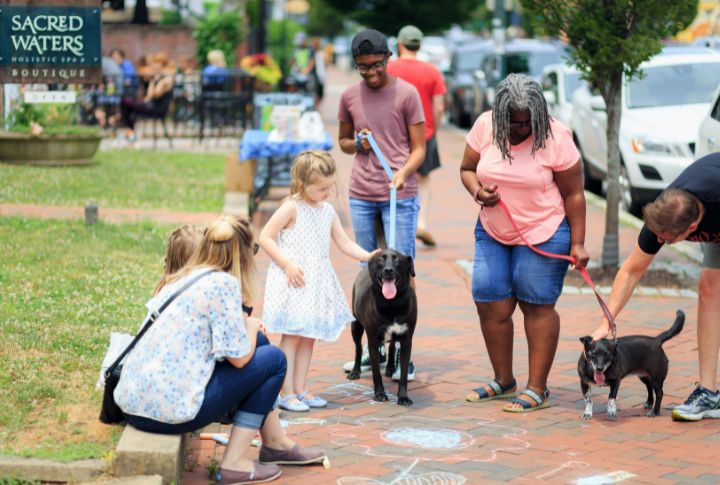
Monitor your dog’s interactions with other canines to prevent aggressive encounters or dog fights. Many dogs exhibit different social behaviors; not all interactions will be friendly. Watch for body language signals such as raised hackles or growling, which may indicate discomfort.
Be Mindful of Traffic
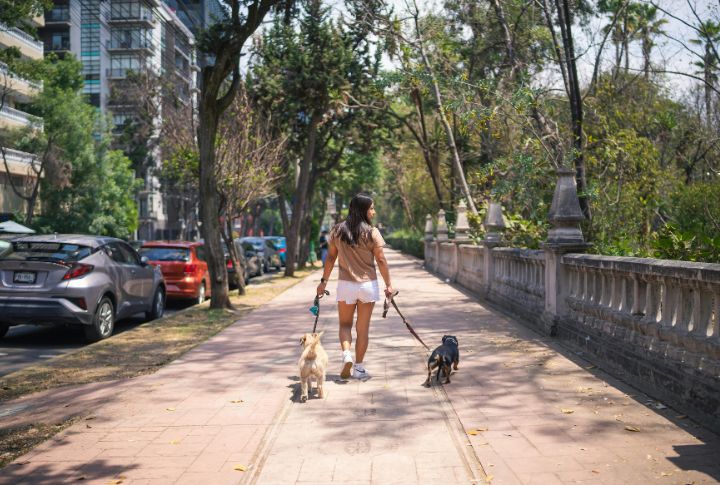
Traffic poses a significant risk to dogs, especially in parks adjacent to roads. Keep your dog on a leash and maintain control while walking near traffic. Leashes provide better management and prevent your dog from running into the street and getting involved in an accident.
Provide Plenty of Water and Shade
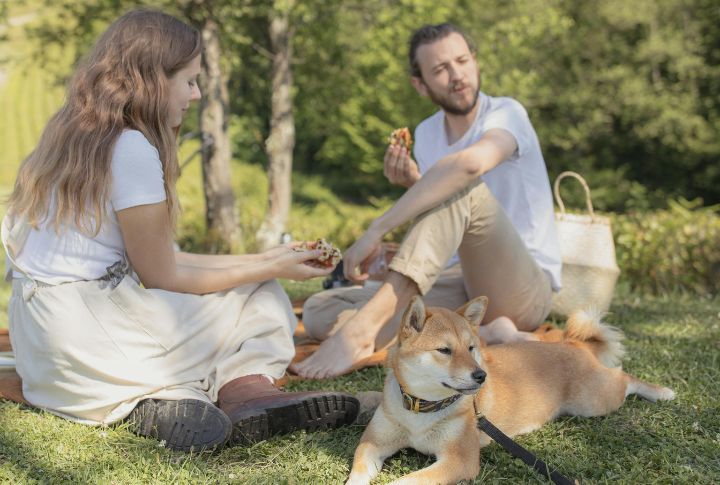
In hot weather, dogs are at risk of overheating and heatstroke. Make fresh water and a drinking bowl available to hydrate your dog during your park visit. Look for shaded areas where your dog can rest and cool off. Avoid strenuous activities during peak heat hours, typically from 10 a.m.
Use a Leash or GPS Tracker
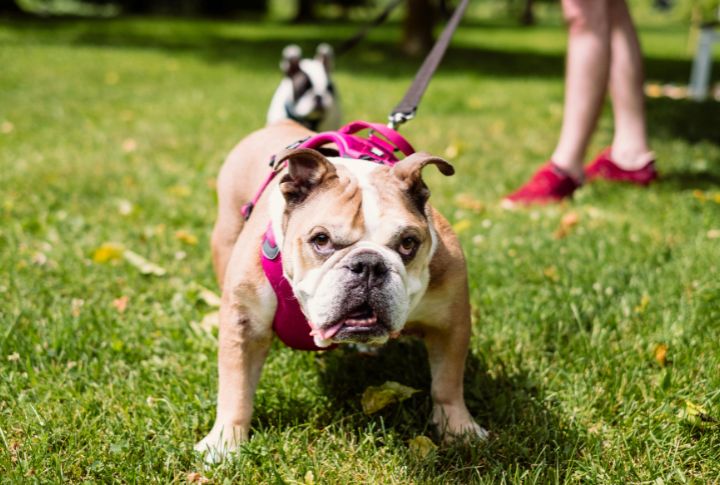
Keep your dog on a leash if you do not want it getting lost. Dogs can easily become distracted and wander off, especially in unfamiliar areas. A leash offers immediate control and helps manage your dog’s movements. GPS trackers can provide peace of mind, which allows you to locate your dog quickly if it strays too far.
Watch for Harmful Substances
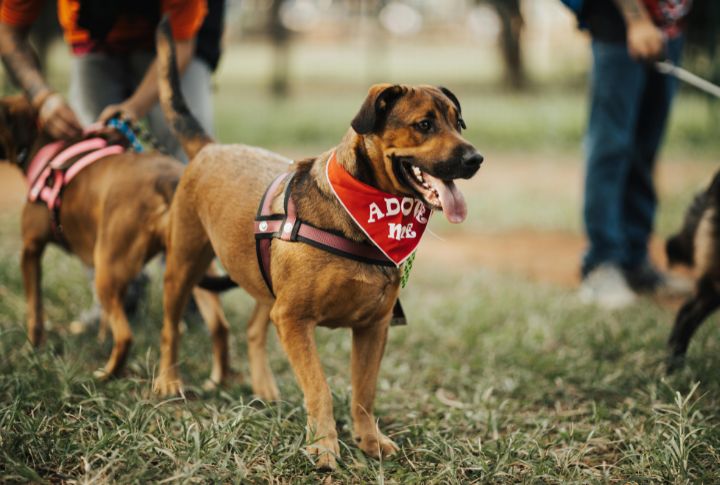
Parks can contain various harmful substances, including pesticides or litter other visitors leave. Always be vigilant about what your dog might be sniffing or attempting to eat. Familiarize yourself with common harmful plants or chemicals that could pose a risk.
Keep Up with Parasite Prevention
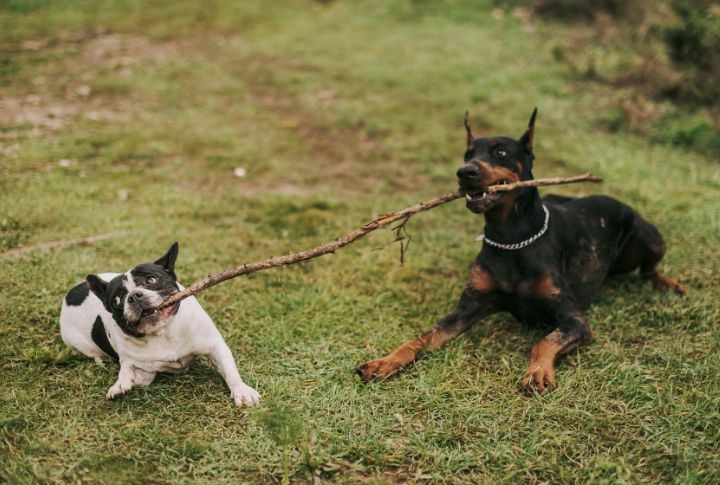
Parasite prevention is essential for your dog’s health, especially in park environments. Fleas, ticks, and worms can be contracted from dogs, other animals, or the environment. Ensure your dog is current on flea and tick medication and receives regular deworming.
Be Cautious of Insect Stings
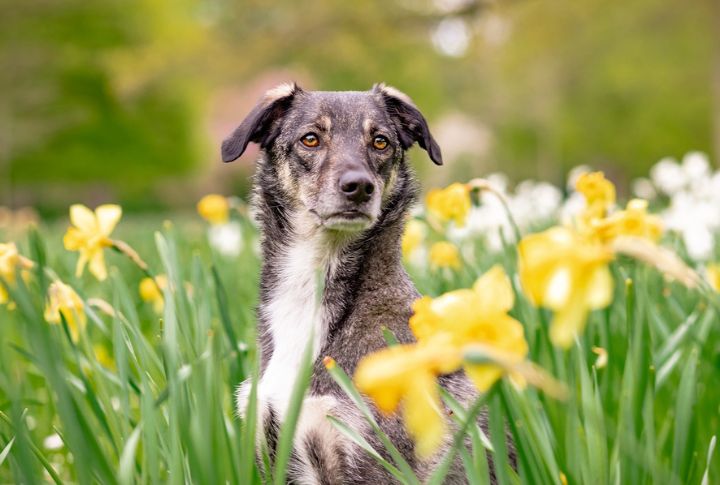
Insect stings from bees, wasps, or ants can cause allergic reactions in dogs. Be aware of your dog’s behavior around flowering plants or areas where insects may nest. Avoid provoking insects and redirect your dog if they show interest in these areas. Know your dog’s allergy history to better respond to stings.
Avoid Dirty Water and Puddles
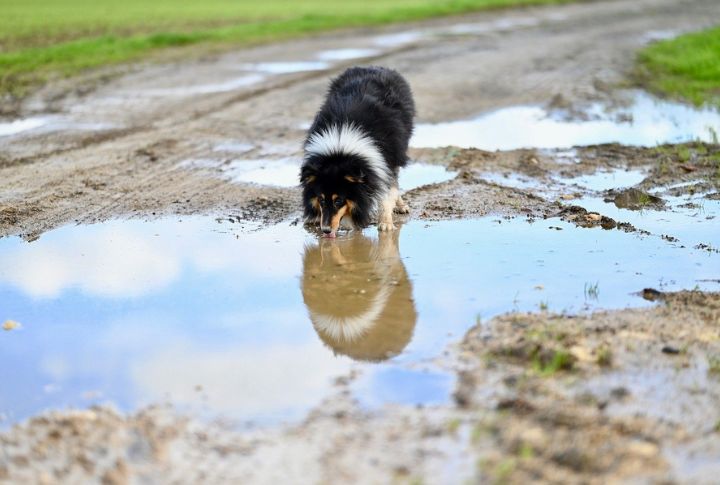
Dogs are often drawn to water, but stagnant puddles may harbor bacteria and parasites. According to the American Medical Veterinary Association, infections such as leptospirosis can be contracted from contaminated water. Keep your dog away from areas where they may drink or swim in dirty water.
Supervise Playtime with Other Dogs
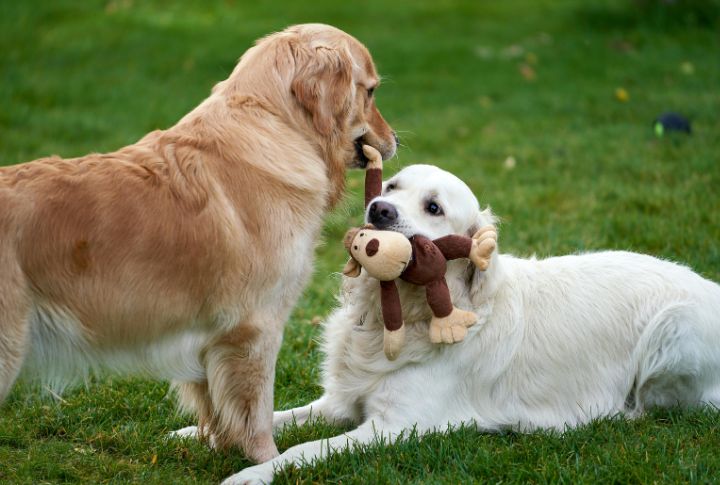
While socialization is important, rough play can lead to injuries among dogs. Closely supervise how they interact and be prepared to intervene if play becomes too aggressive. Look for signs of stress or discomfort in your dog, such as hiding or excessive barking.
Be Aware of the People Around You
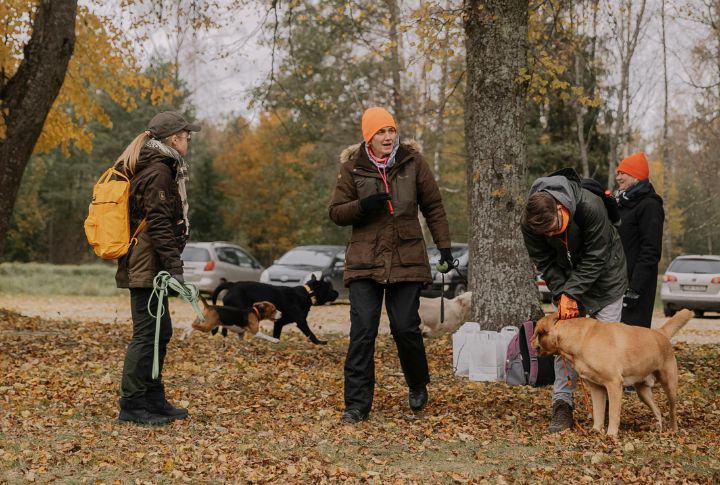
Not all park visitors will be friendly or knowledgeable about approaching dogs. Keep your dog close when encountering unfamiliar people to prevent potential conflicts. Some individuals may inadvertently startle or provoke your dog. Trust your instincts; redirect your dog and move away if you feel uneasy.
Pace Your Dog’s Activity
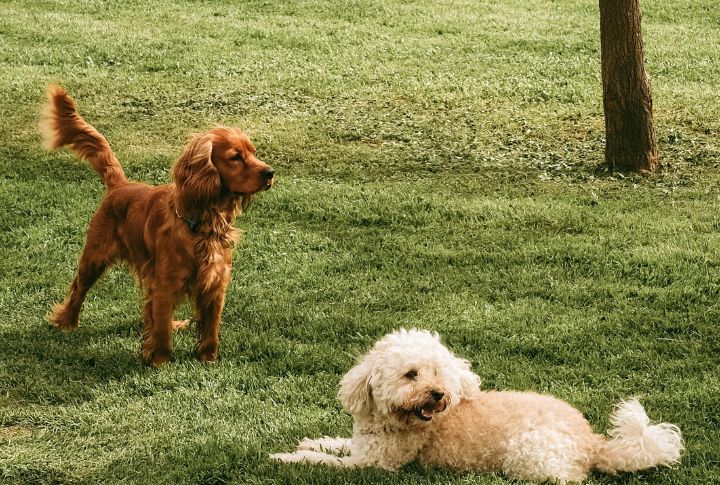
Excessive activity can lead to muscle strains or injuries, particularly in younger or older dogs. Monitor your dog’s energy and take breaks as needed during play. Gradually increase their activity level, especially if they are not used to long walks or play sessions.
Vigilant Against Dog Theft
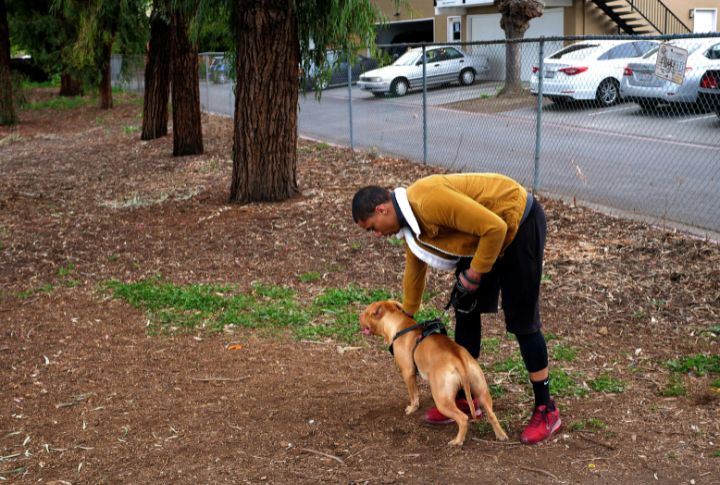
Dog theft is a concern in poorly monitored areas. Keep your dog in sight and avoid leaving it unattended, even for a moment. If you need to stop holding your dog briefly, secure it to a fixed point. Be cautious in crowded or unfamiliar environments, where theft may occur more easily.
Check the Ground Temperature
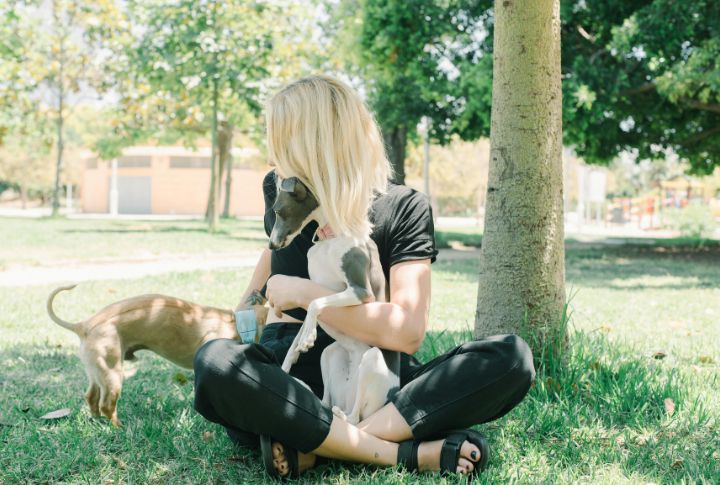
Hot pavement or sand may cause burns on your dog’s paws, especially during warm months. Before walking, check the ground temperature by placing your hand on it; if it’s too hot for you, it’s likely too hot for your dog. Use dog booties for hot surfaces or stick to grassy areas with cooler temperatures.
Monitor Equipment Safety
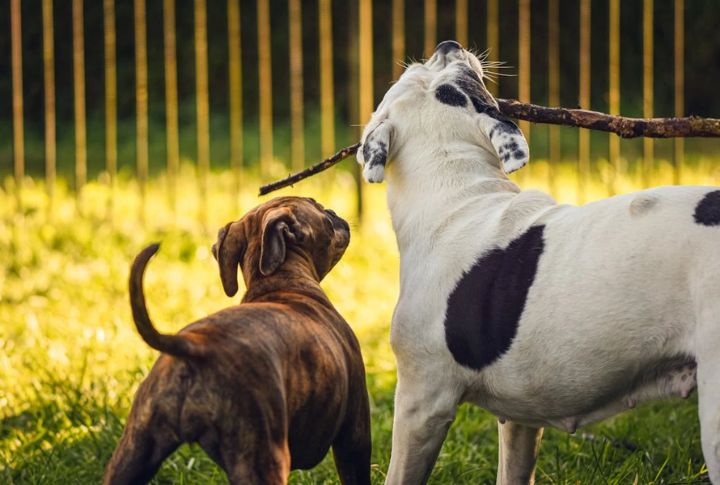
Parks often have pieces of equipment that can pose risks for injuries. Supervise your dog around swings, slides, or climbing structures to prevent accidents. Get to know the park layouts to avoid areas that may not be safe for your dog, and ensure your dog doesn’t attempt to climb or get stuck in any equipment.
Dress Appropriately for the Weather
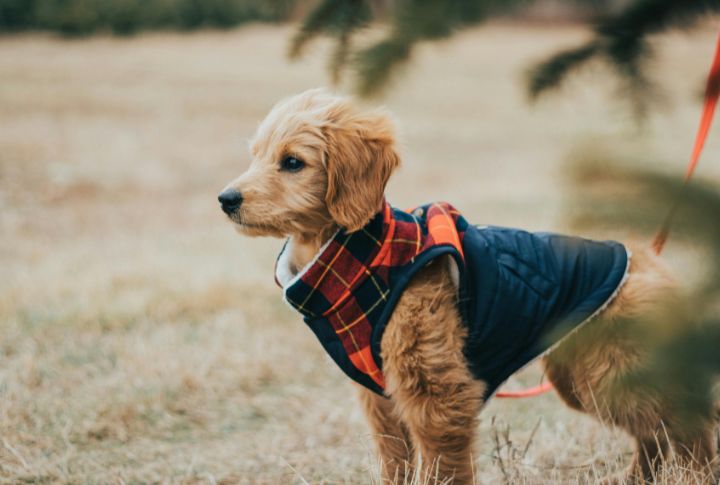
Weather conditions greatly impact your dog’s safety and comfort. In cold weather, consider using dog sweaters or jackets to protect them from frostbite or hypothermia. Conversely, do not expose your dog to extreme conditions for prolonged periods in hot weather.
